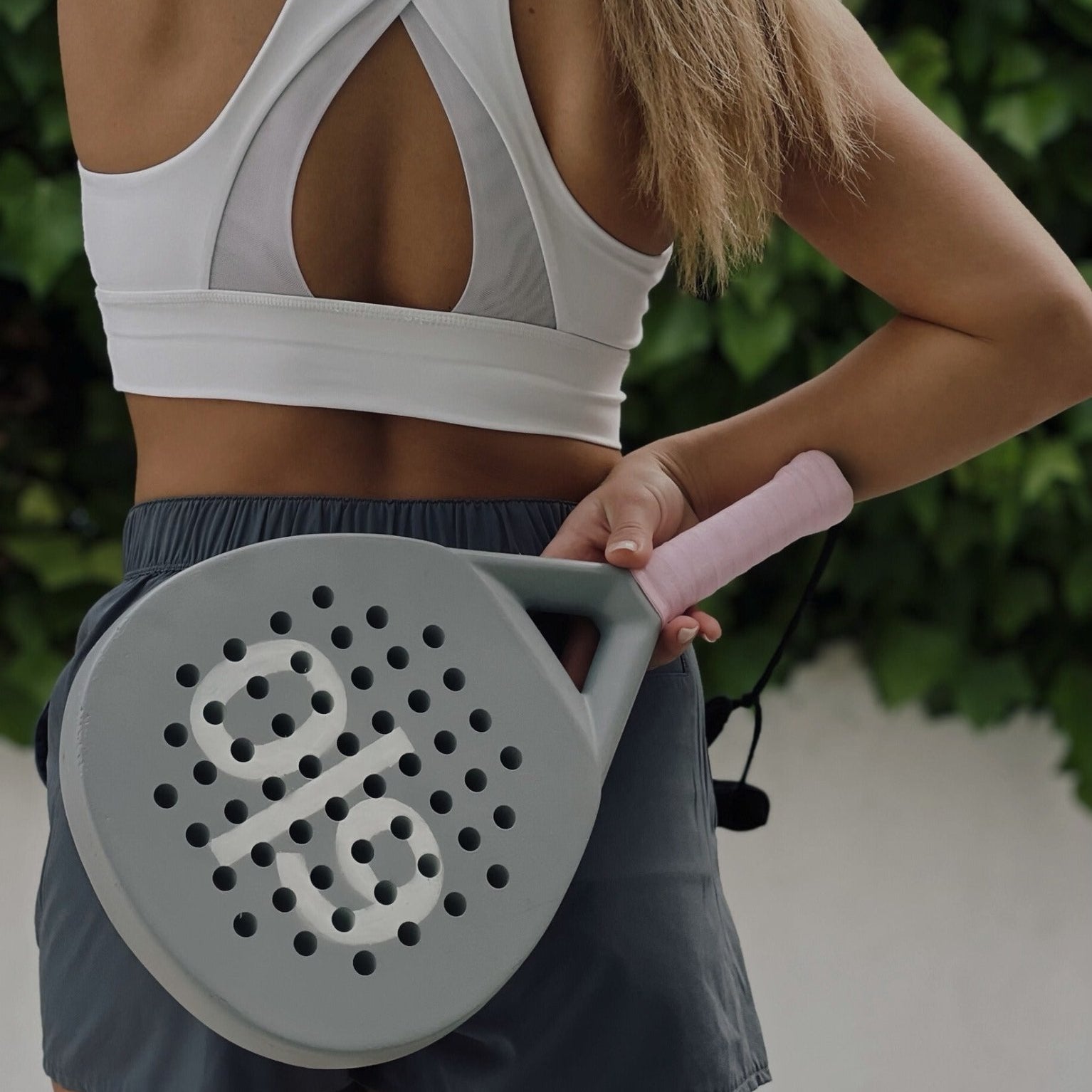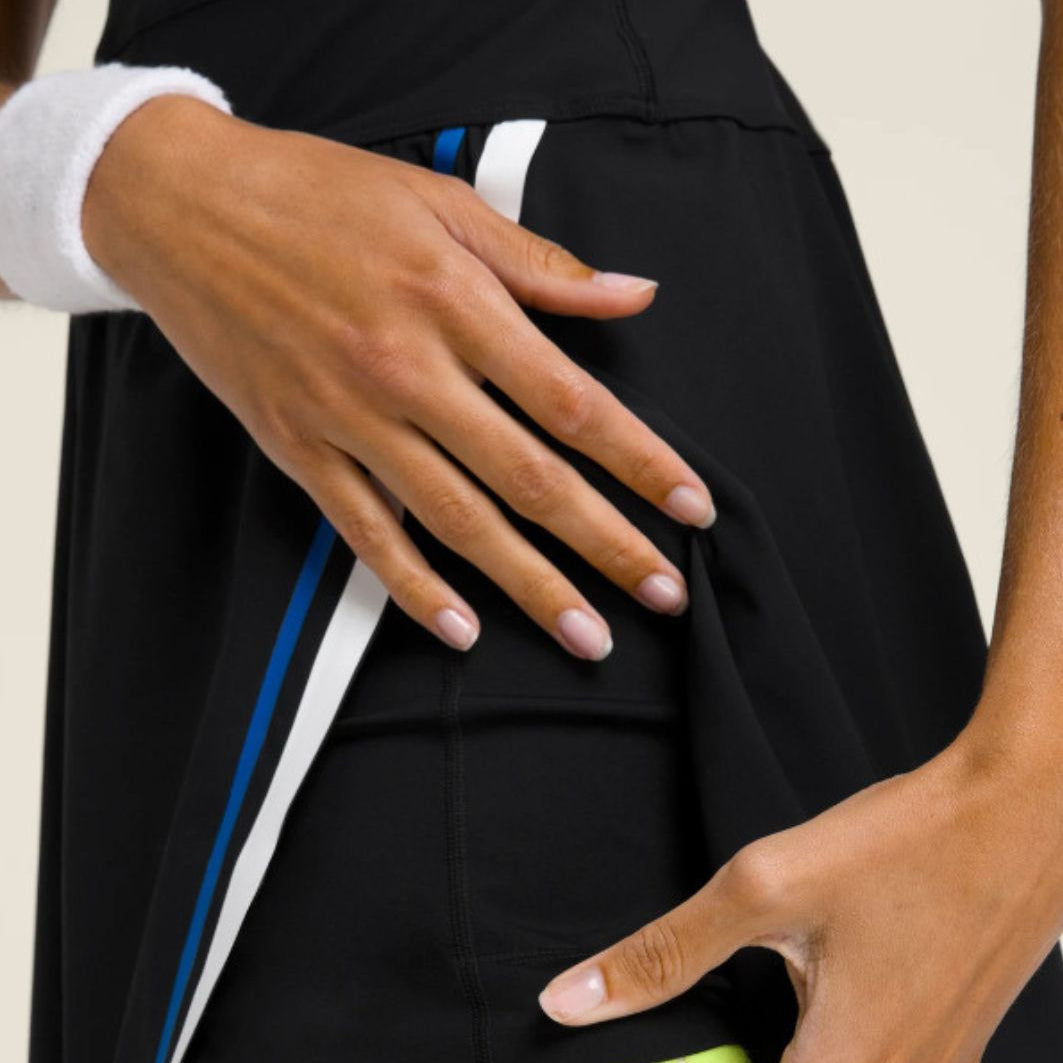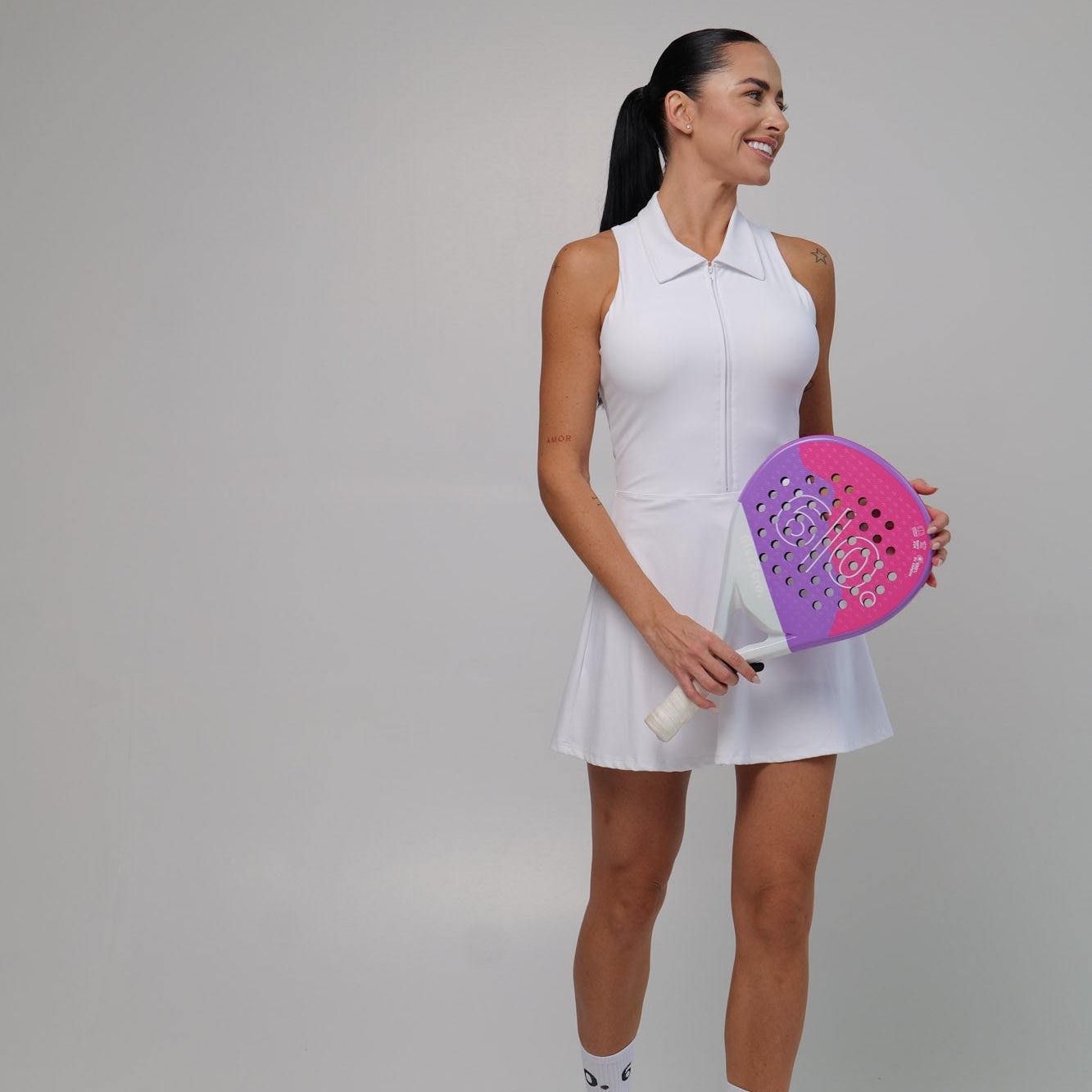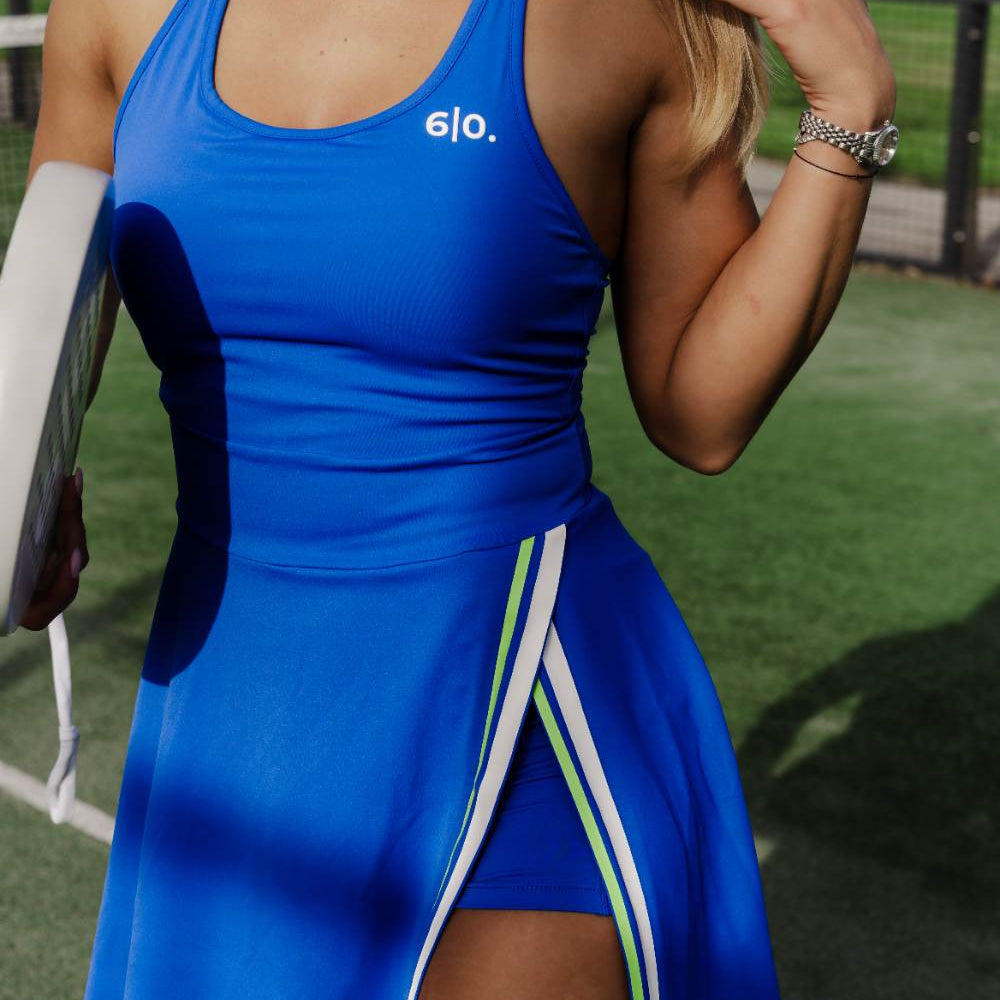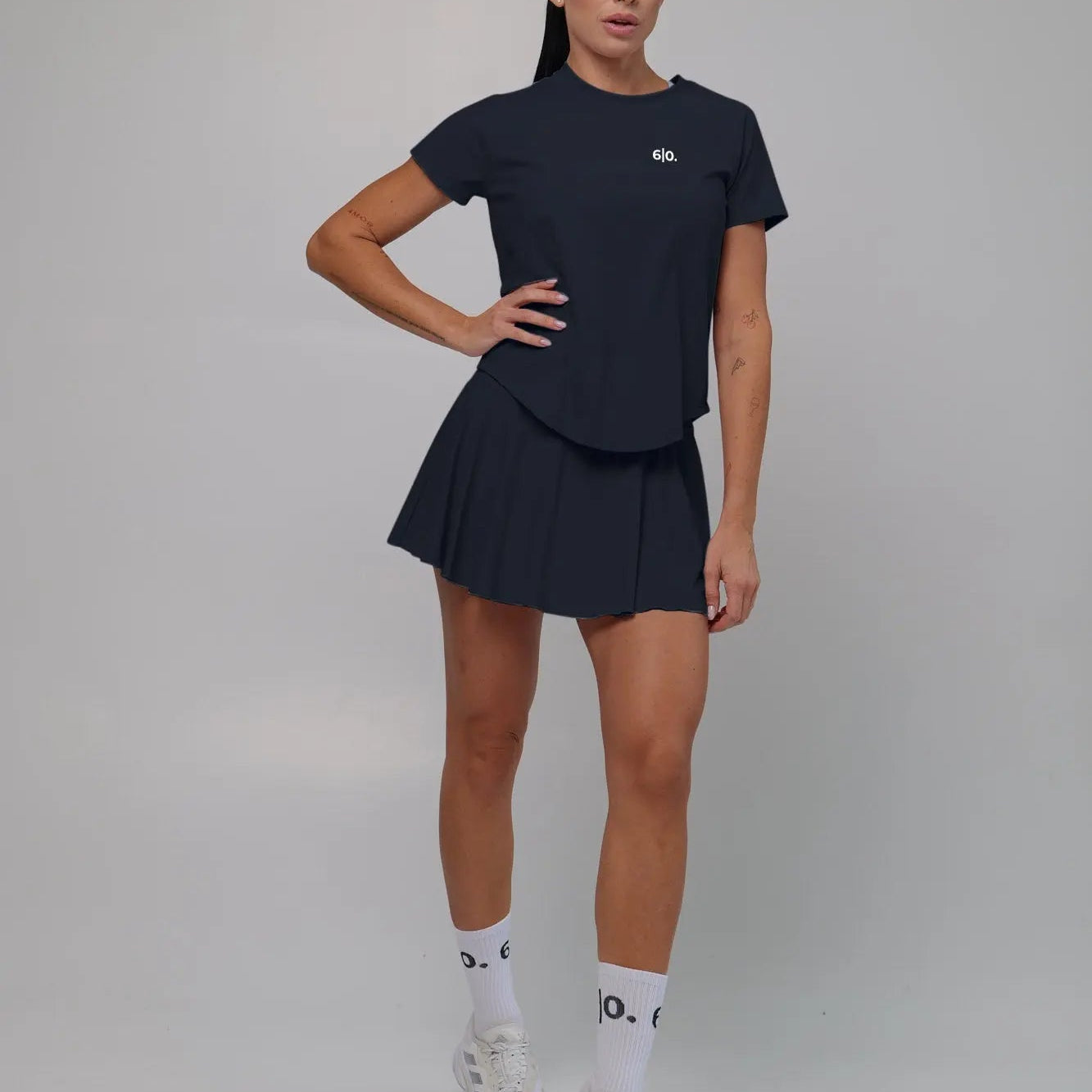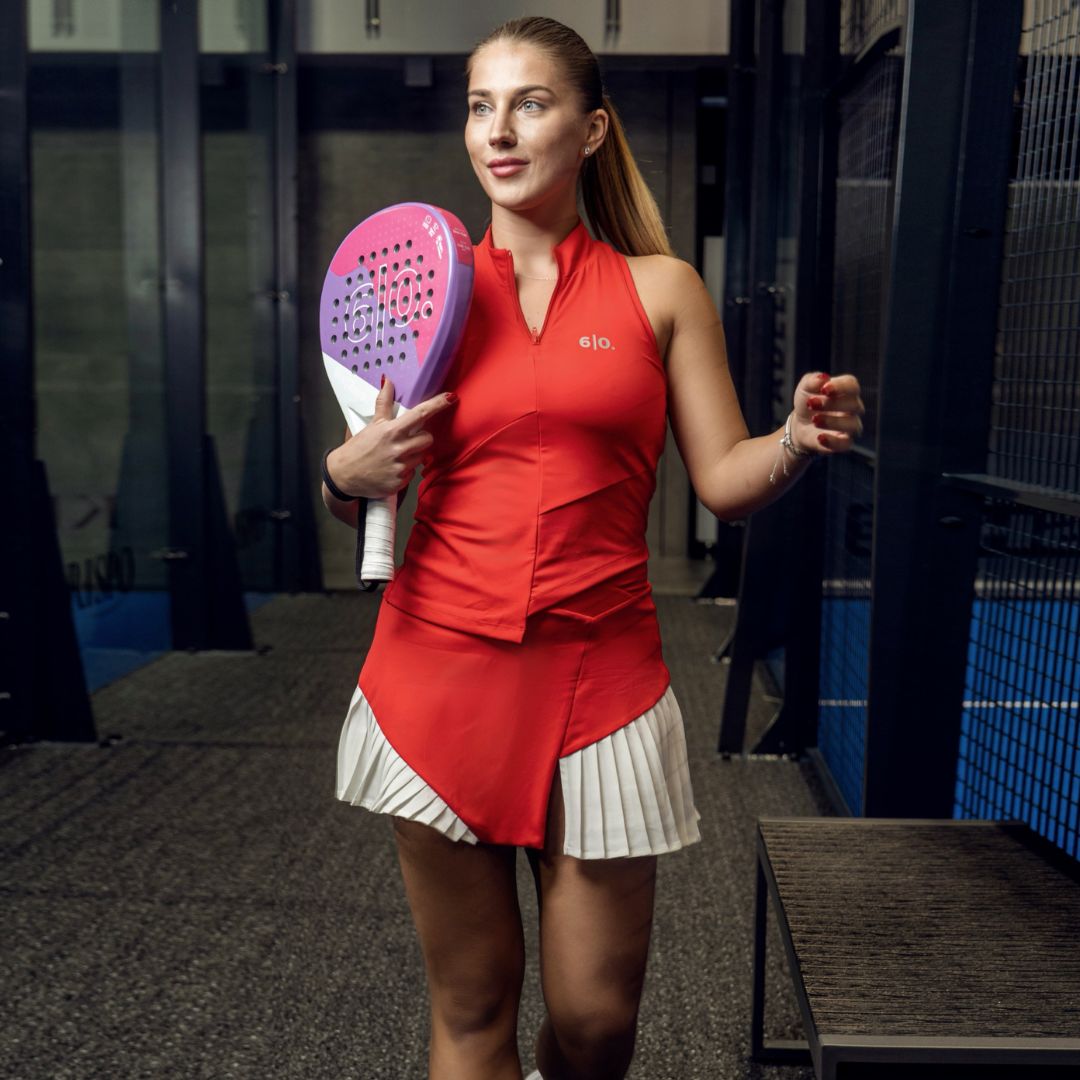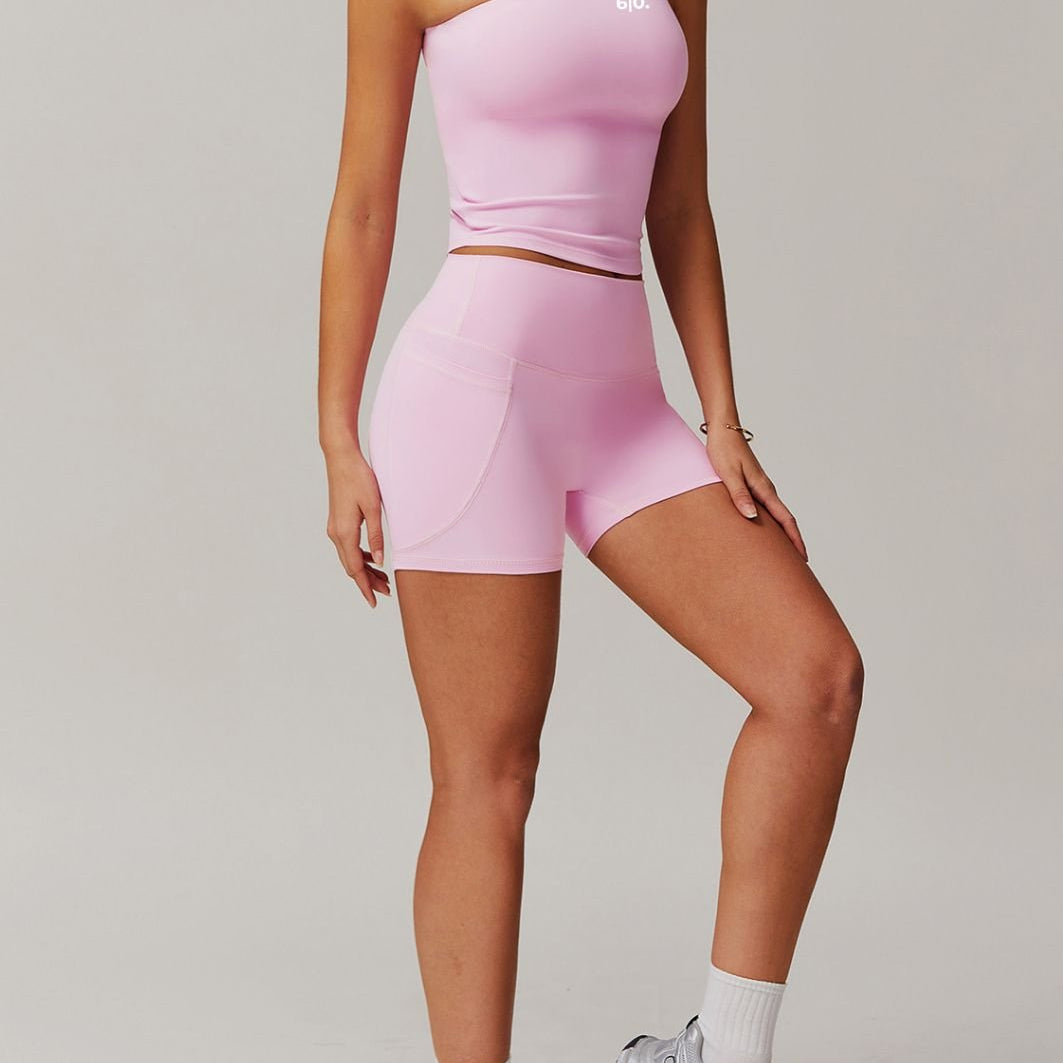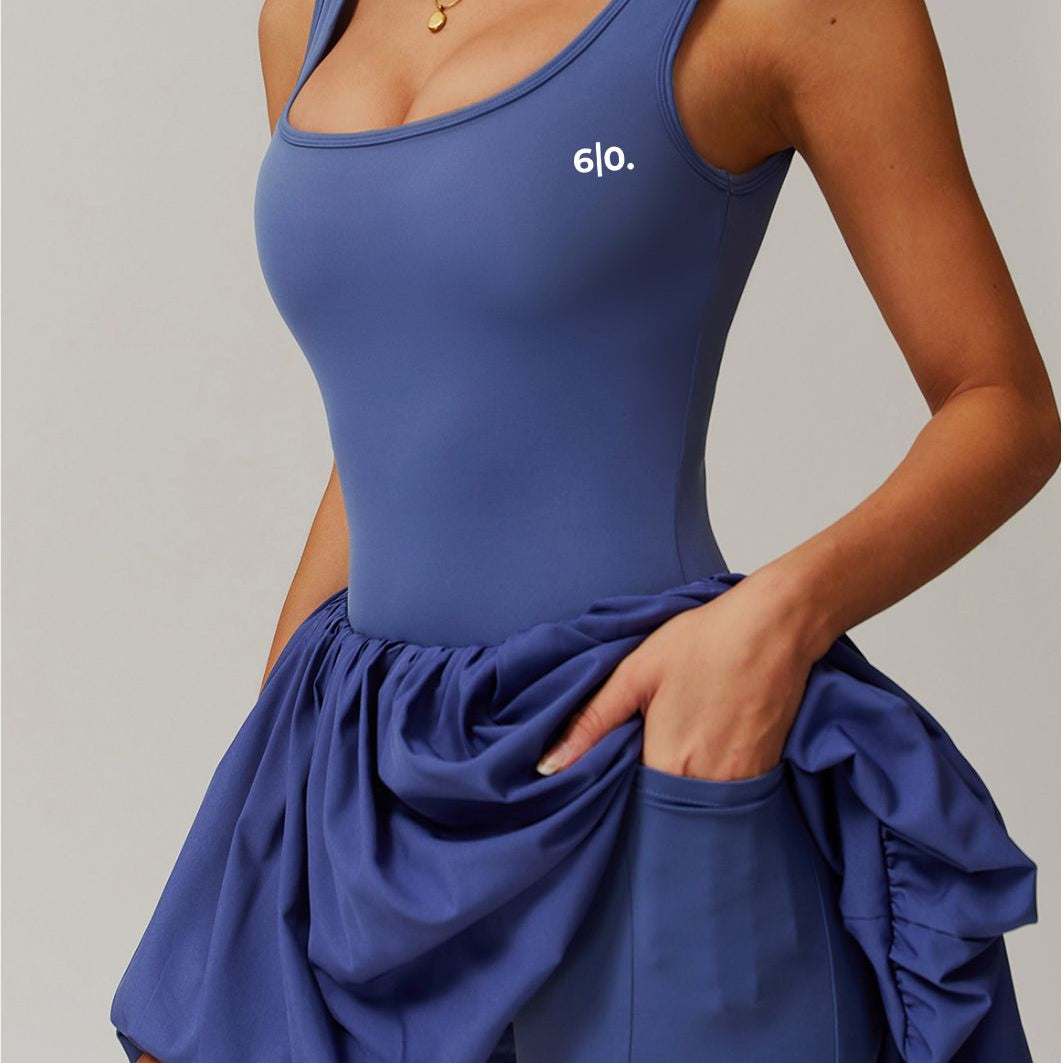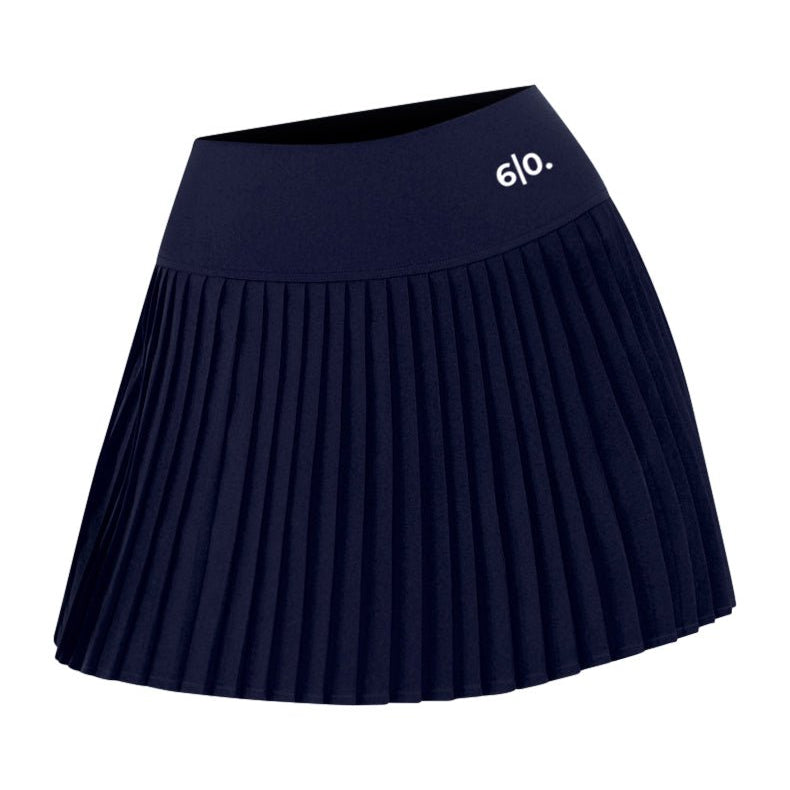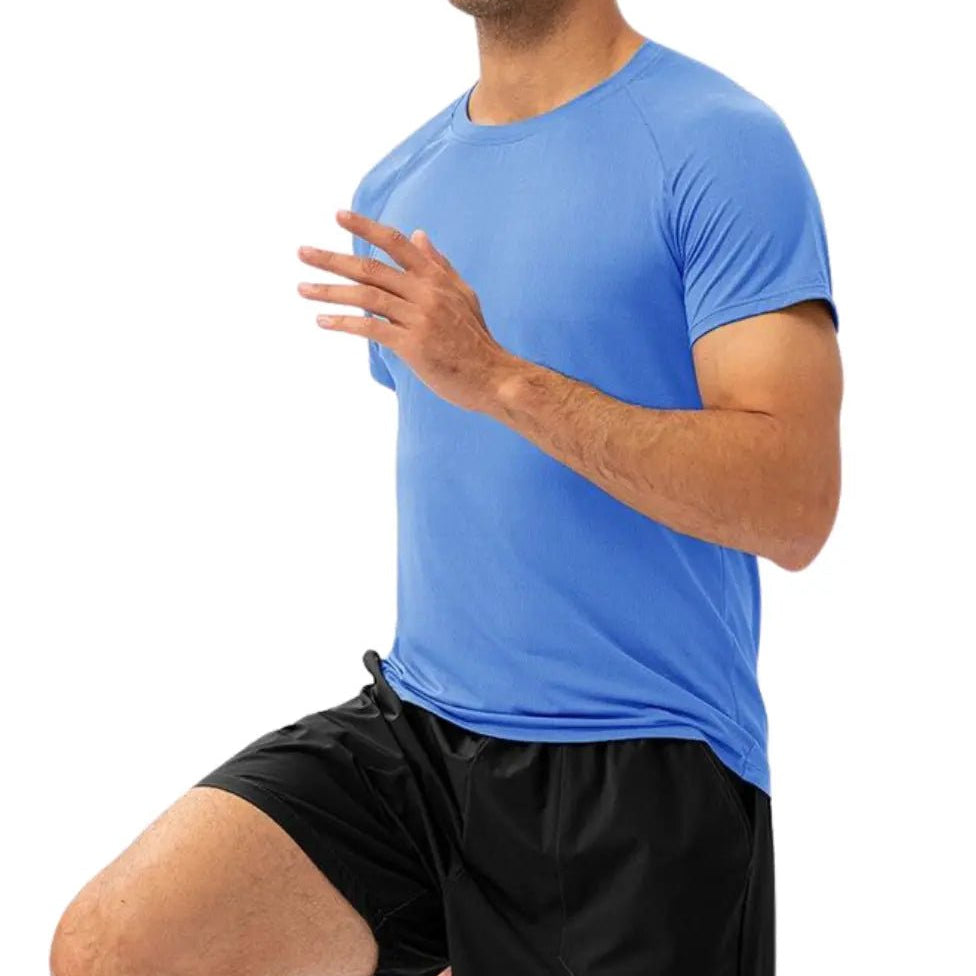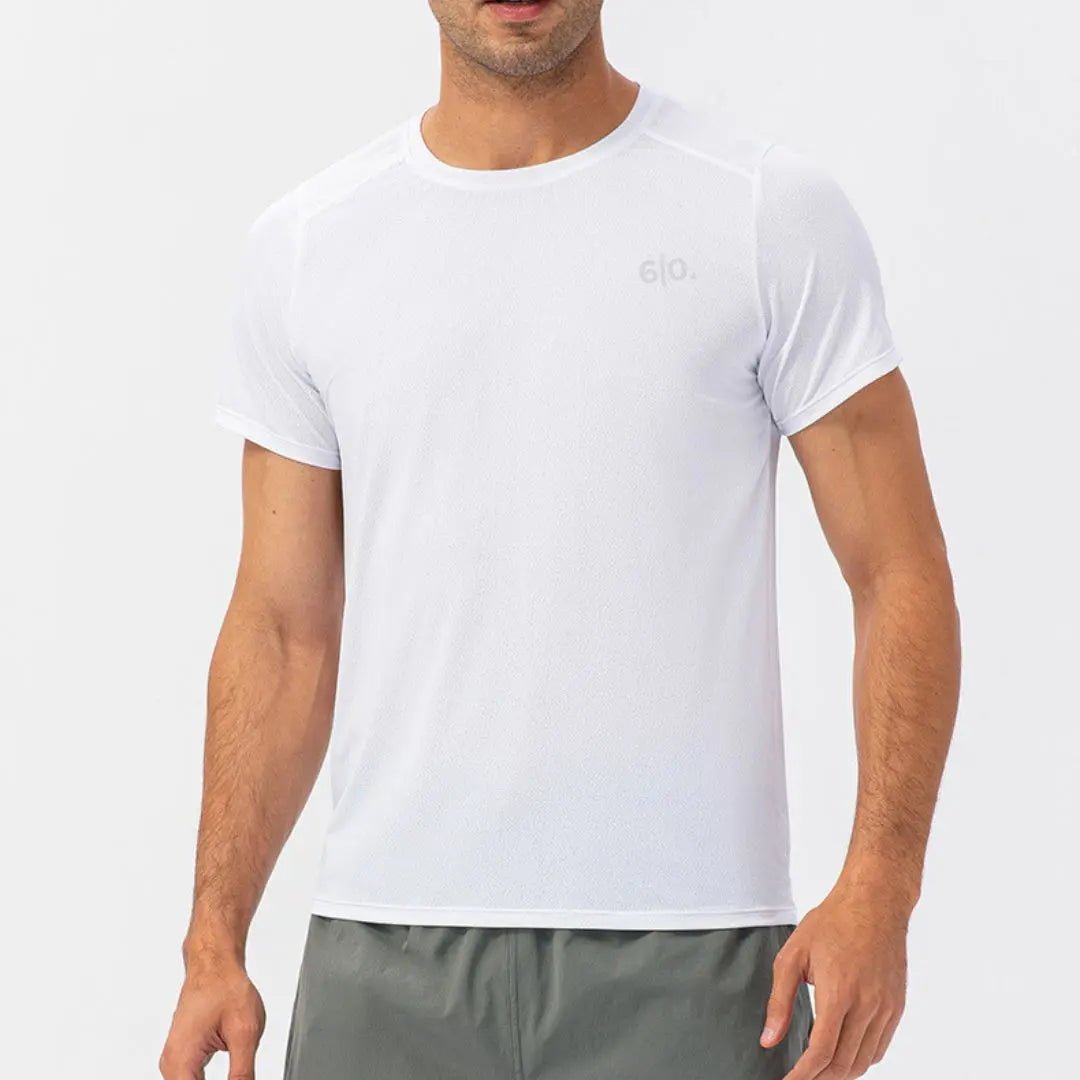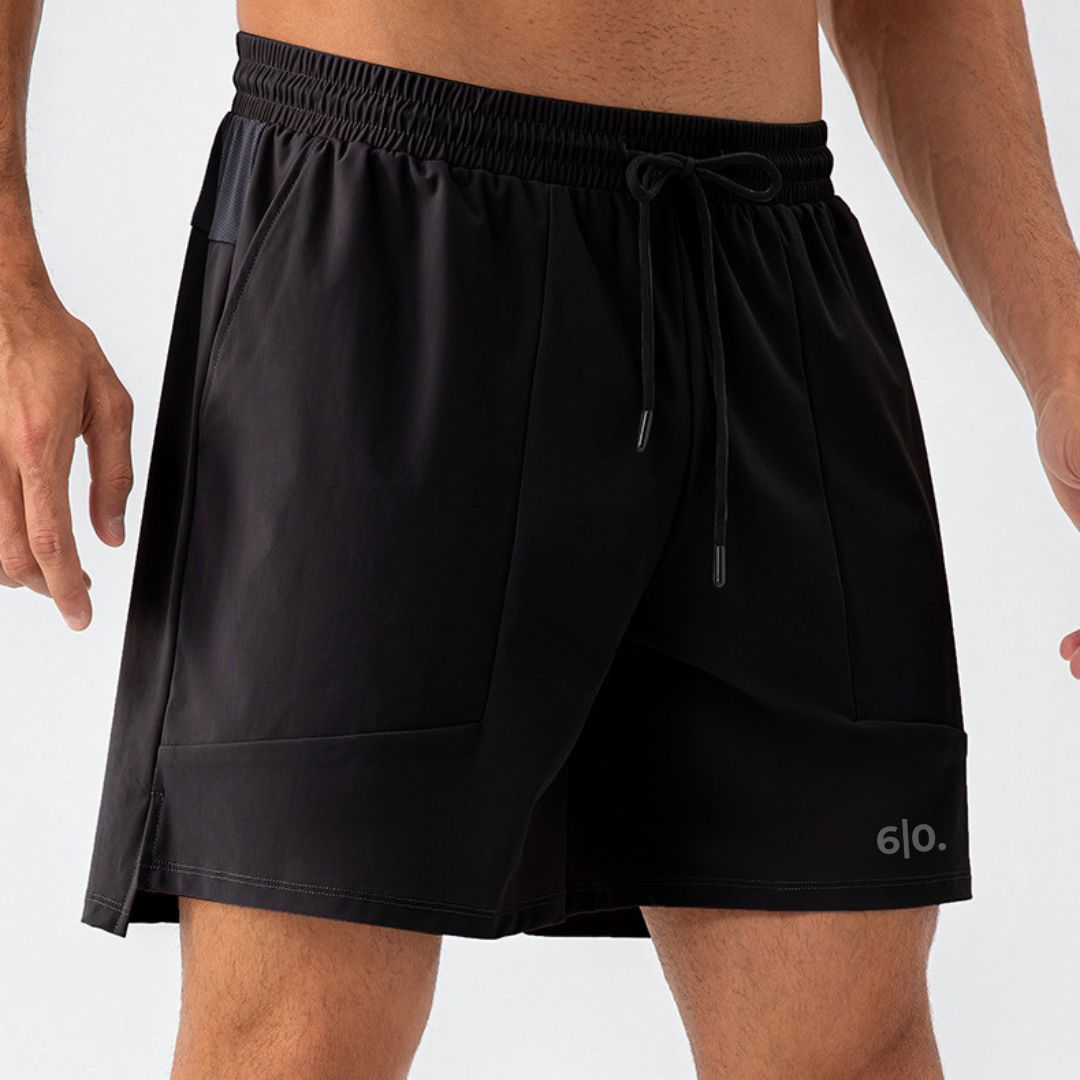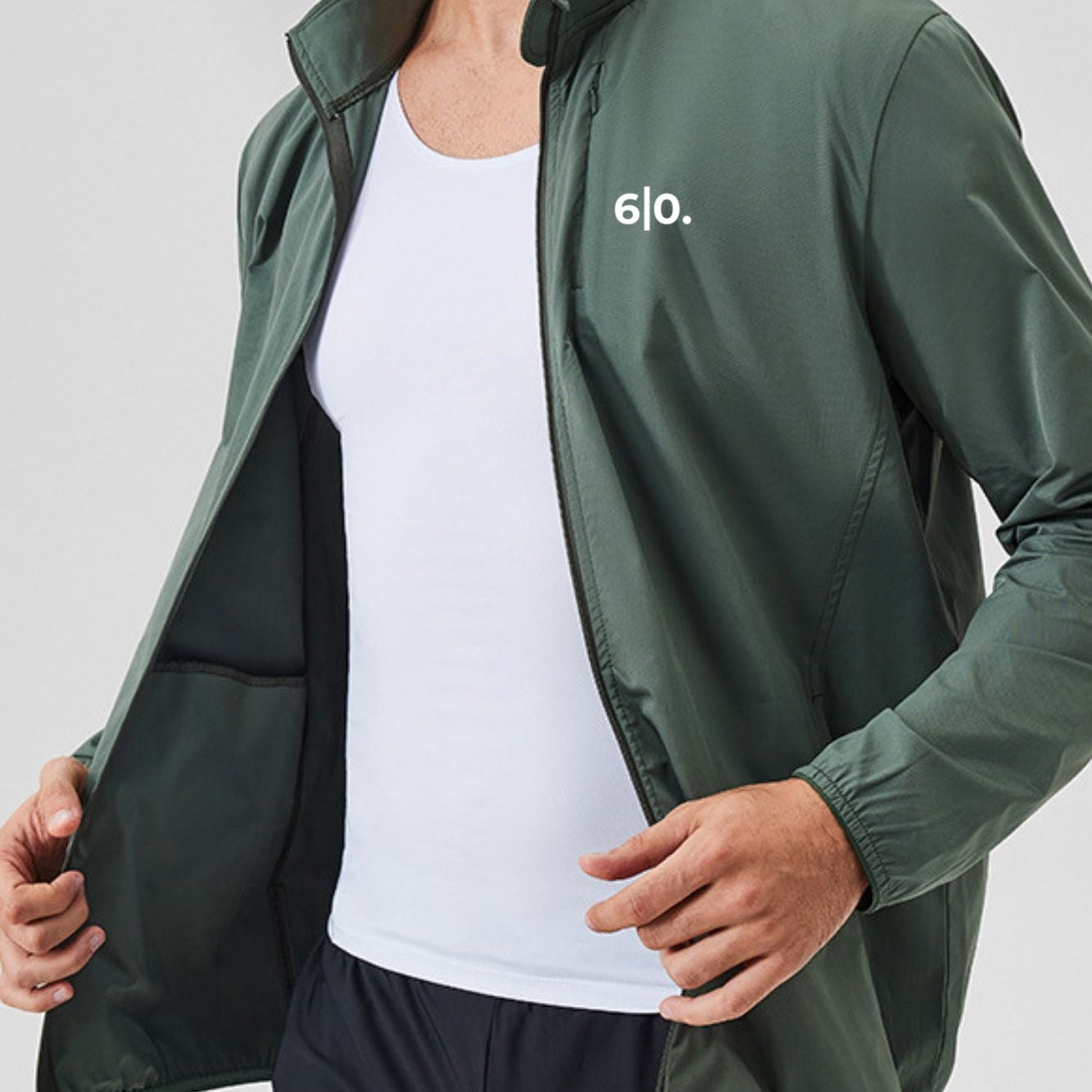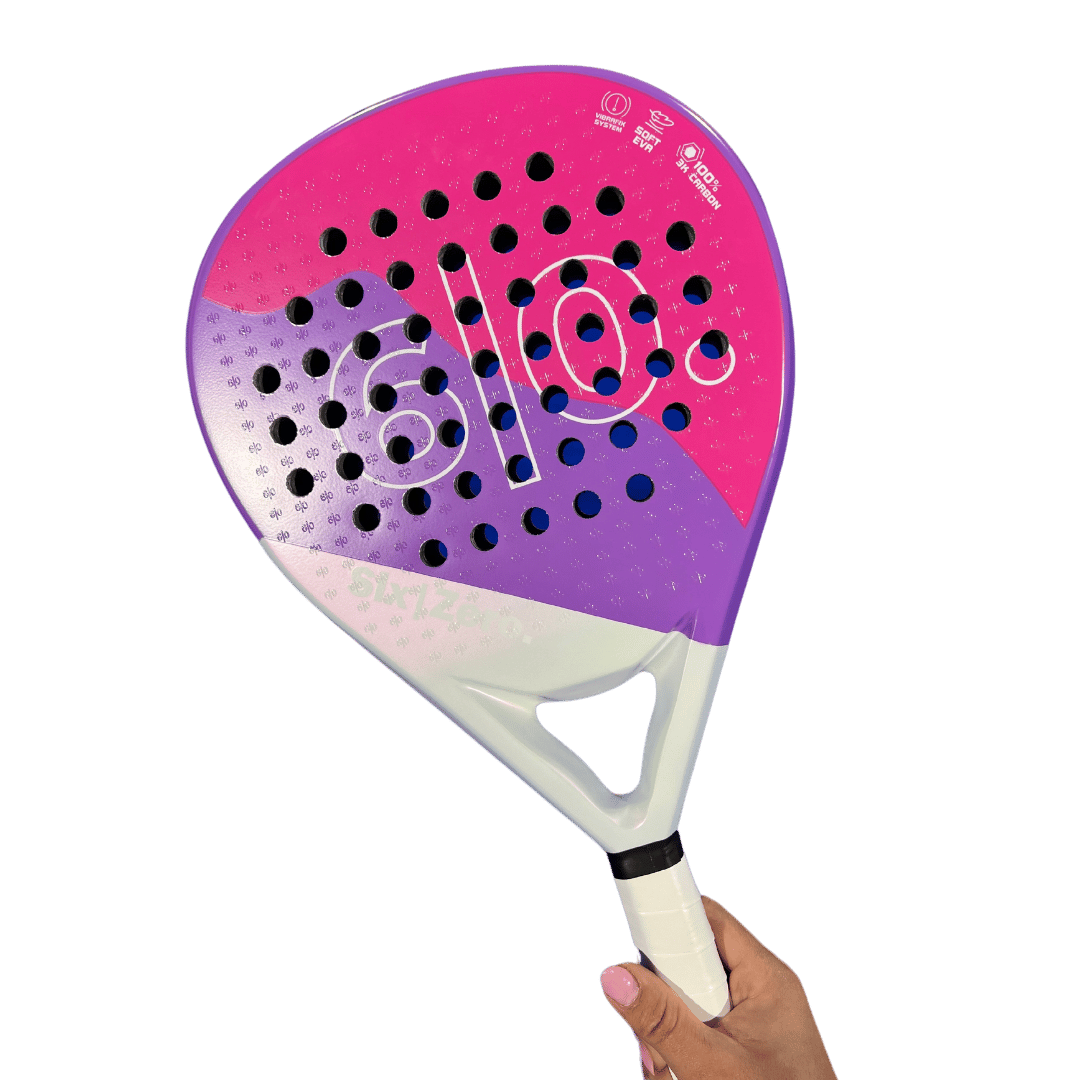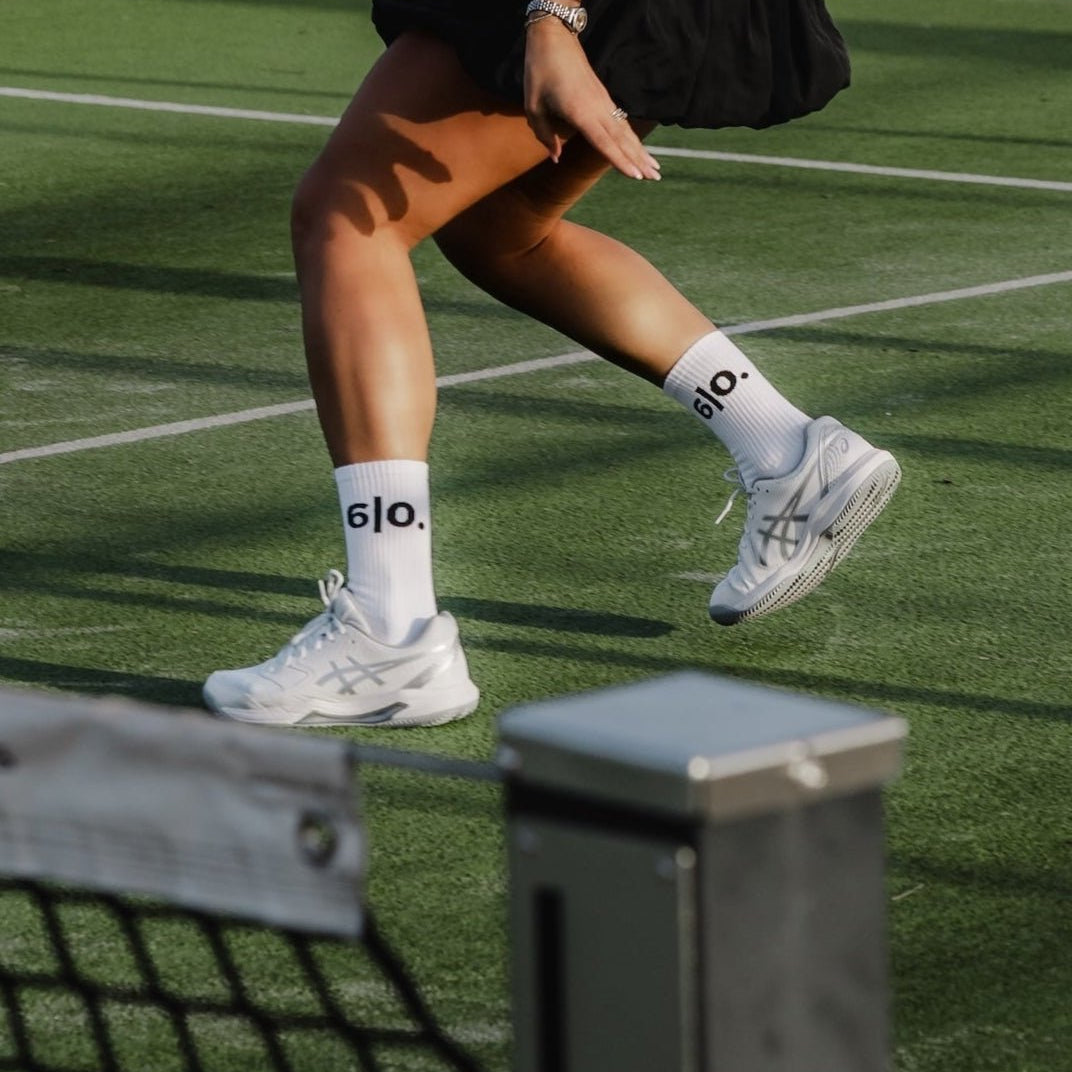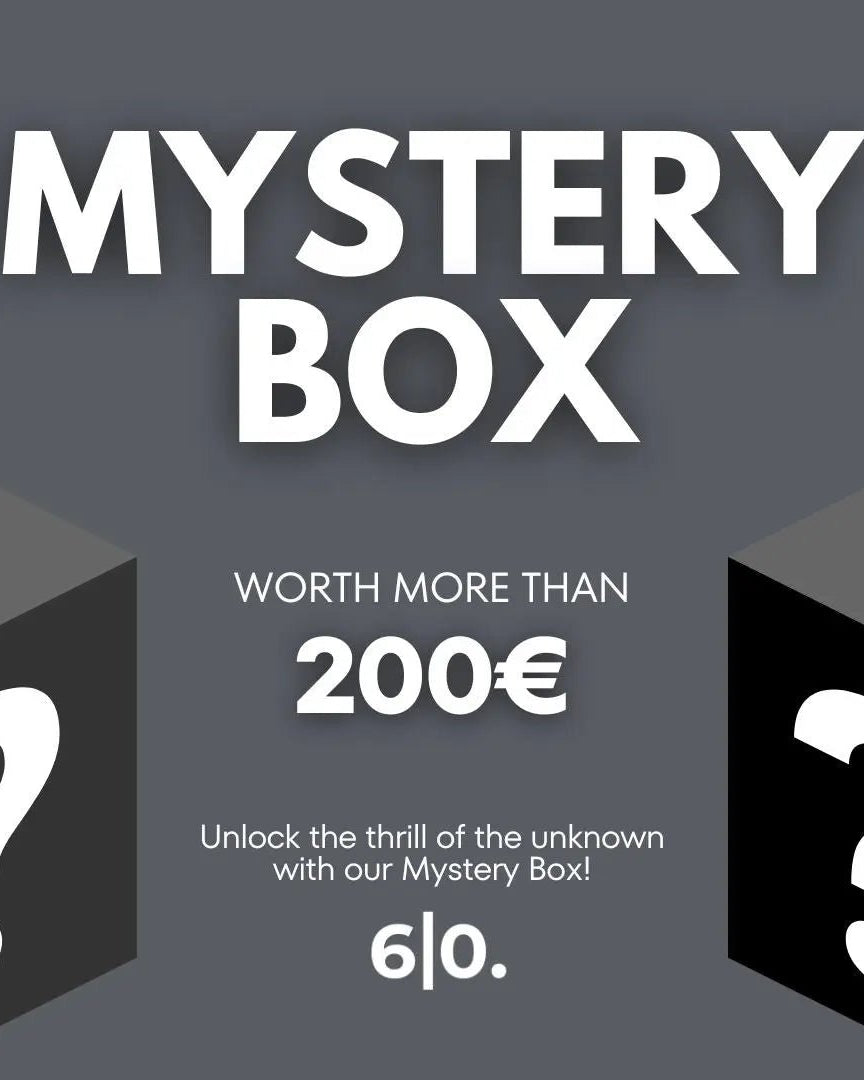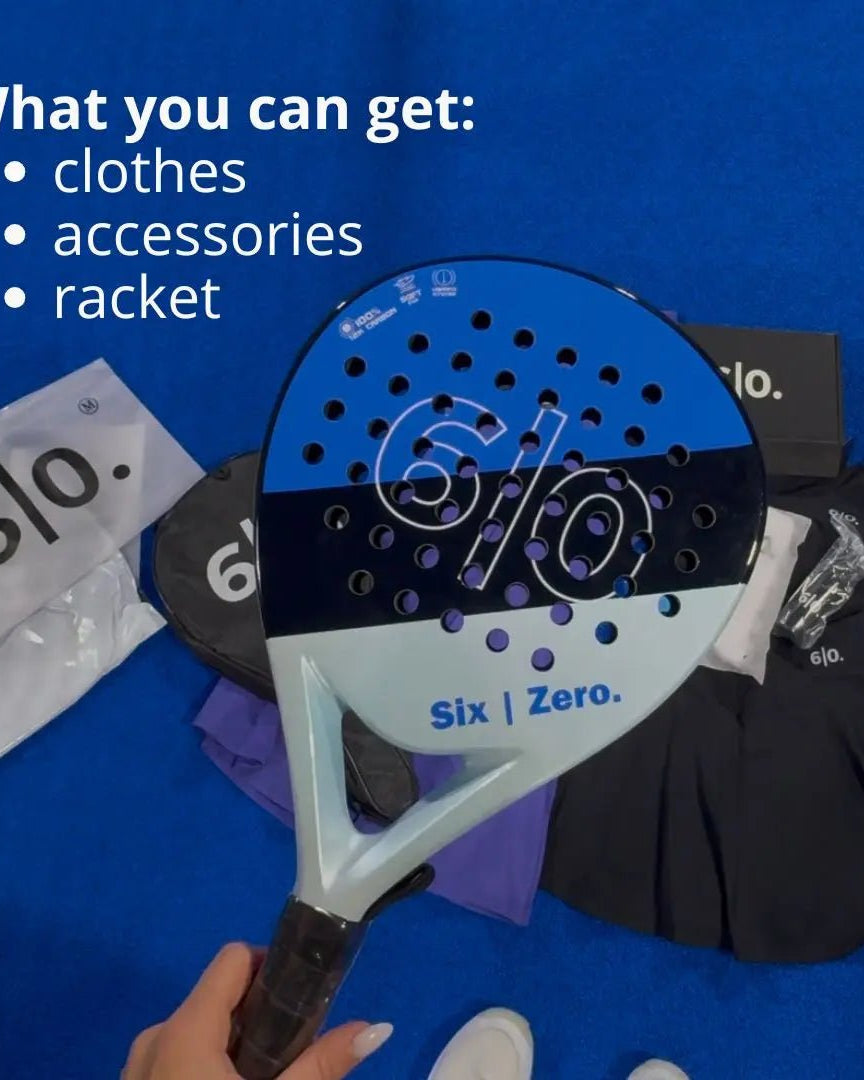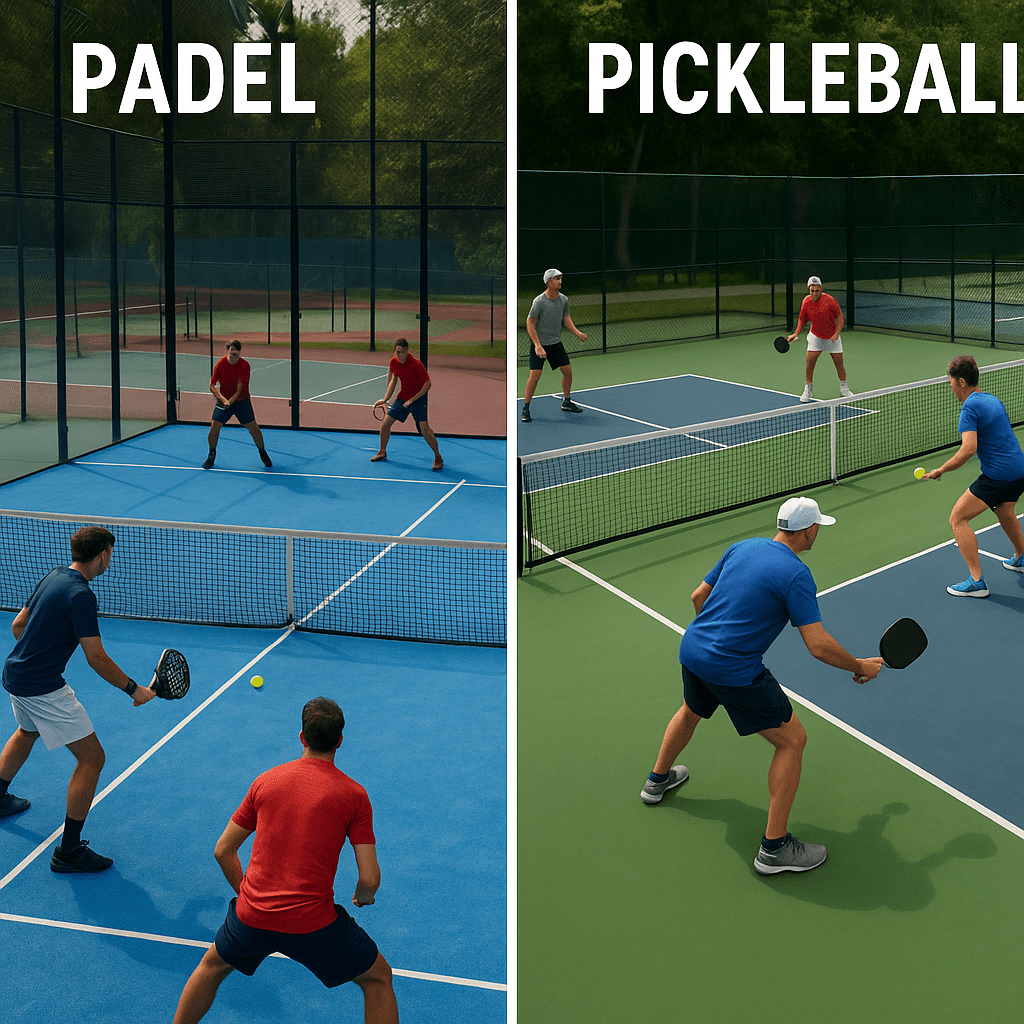Padel vs Pickleball: What's the Difference (And Which is Better)?
Padel and pickleball stand as two of the world's fastest-growing racket sports, often creating confusion due to their similar-sounding names and shared recreational appeal. While both sports offer accessible, social gameplay experiences, they differ significantly in court design, equipment, rules, and playing style. With participation numbers exploding globally, now is the perfect time to understand what sets padel and pickleball apart – and which might be the better fit for your athletic preferences and goals.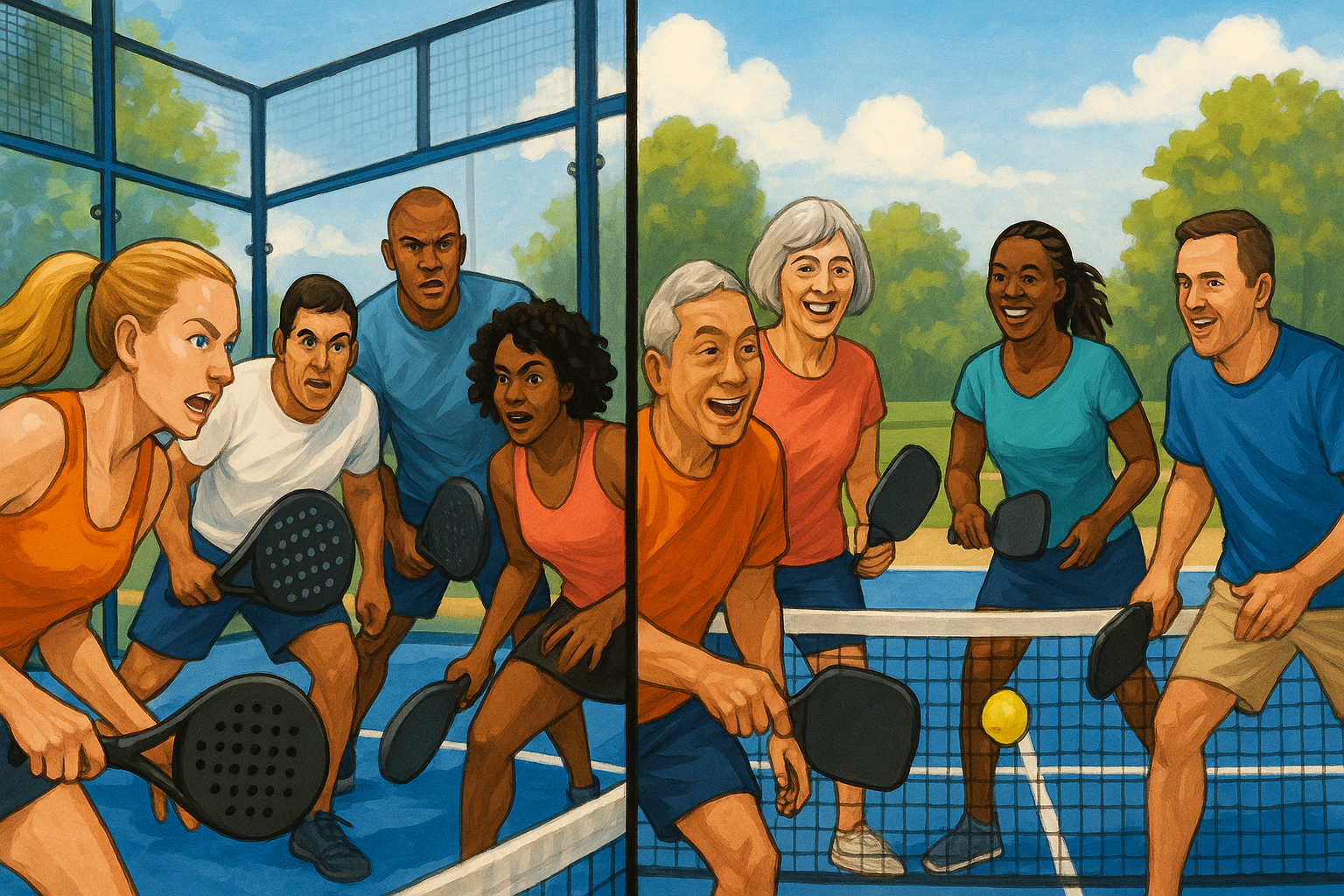
What Are Padel and Pickleball? (Origins & Brief Histories)
Before diving into specifics, let's explore how these two distinctive sports came to be and how they've evolved into global phenomena.
Padel (sometimes called paddle tennis in some regions) originated in Mexico in 1969 when Enrique Corcuera built the first court at his vacation home in Acapulco. Combining elements of tennis and squash, he created an enclosed court where walls became part of the gameplay. The sport quickly spread to Spain in the 1970s, where it experienced explosive growth and eventually became the country's second most popular sport behind soccer. Today, padel thrives throughout Europe, Latin America, and the Middle East, with over 18 million regular players worldwide.
Pickleball, meanwhile, has a distinctly American origin story. In 1965, Joel Pritchard, Bill Bell, and Barney McCallum invented the game on Bainbridge Island, Washington, as a family-friendly activity for their children during summer vacation. Using ping-pong paddles and a perforated plastic ball on a badminton court, they created a game that was accessible to all ages. The sport remained relatively niche until the early 2000s, when it began experiencing exponential growth. Pickleball has become America's fastest-growing sport, with participation increases exceeding 40% between 2019 and 2023.
Court & Equipment Differences
The physical environments and tools of padel and pickleball represent perhaps their most obvious distinctions from each other.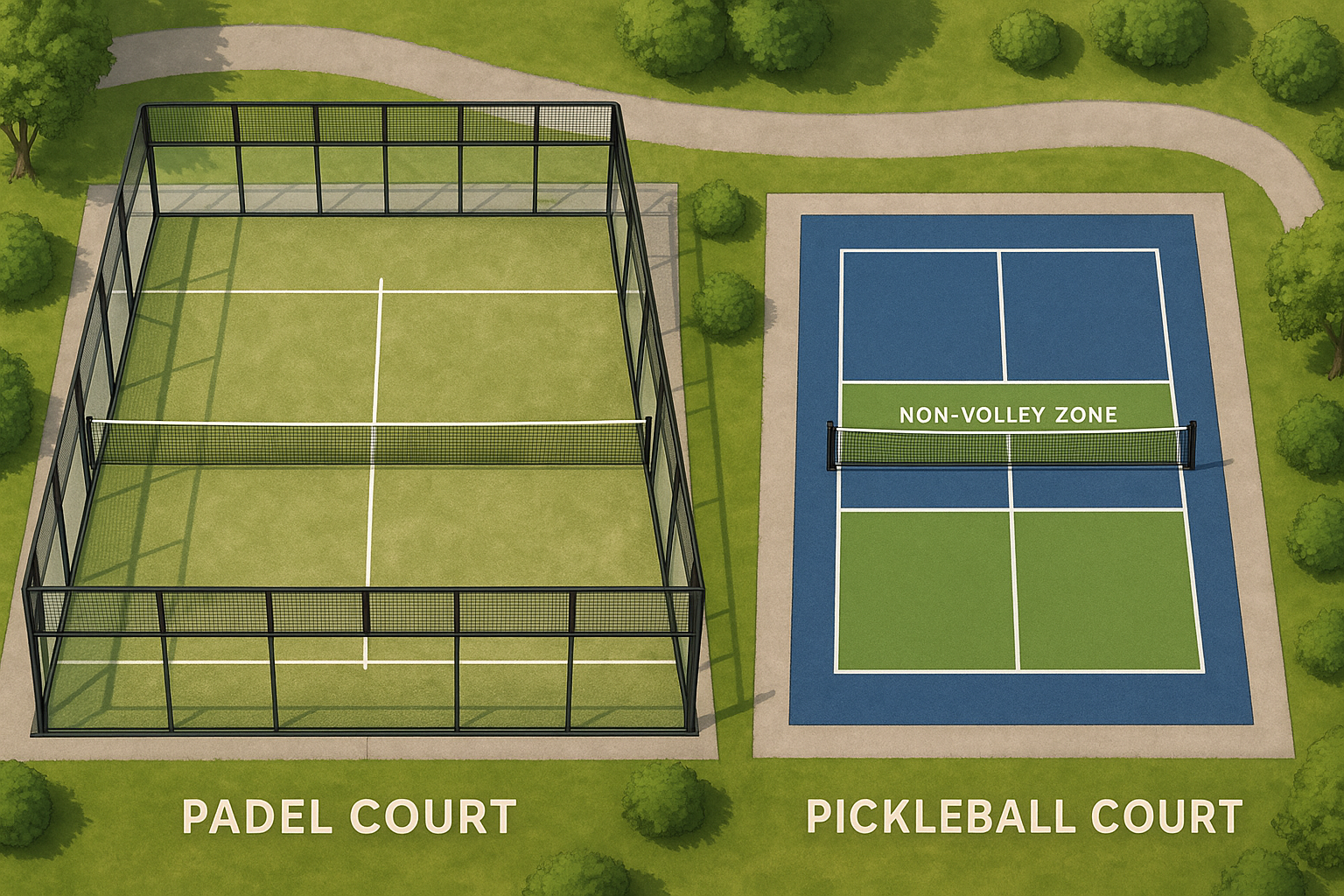
Padel courts measure 20 meters (65.6 feet) long by 10 meters (32.8 feet) wide, enclosed by walls of glass and metallic mesh reaching 4 meters high at the ends and 3 meters along the sides. The playing surface is typically artificial turf with sand infill, creating moderate ball speeds. The court features a tennis-like net dividing it in half.
Pickleball courts are noticeably smaller at 44 feet long by 20 feet wide (13.4 by 6.1 meters), roughly a third the size of a tennis court. These open courts (no walls) have a 36-inch net in the center and include a 7-foot non-volley zone on each side of the net, commonly called "the kitchen."
Equipment differences are equally distinct: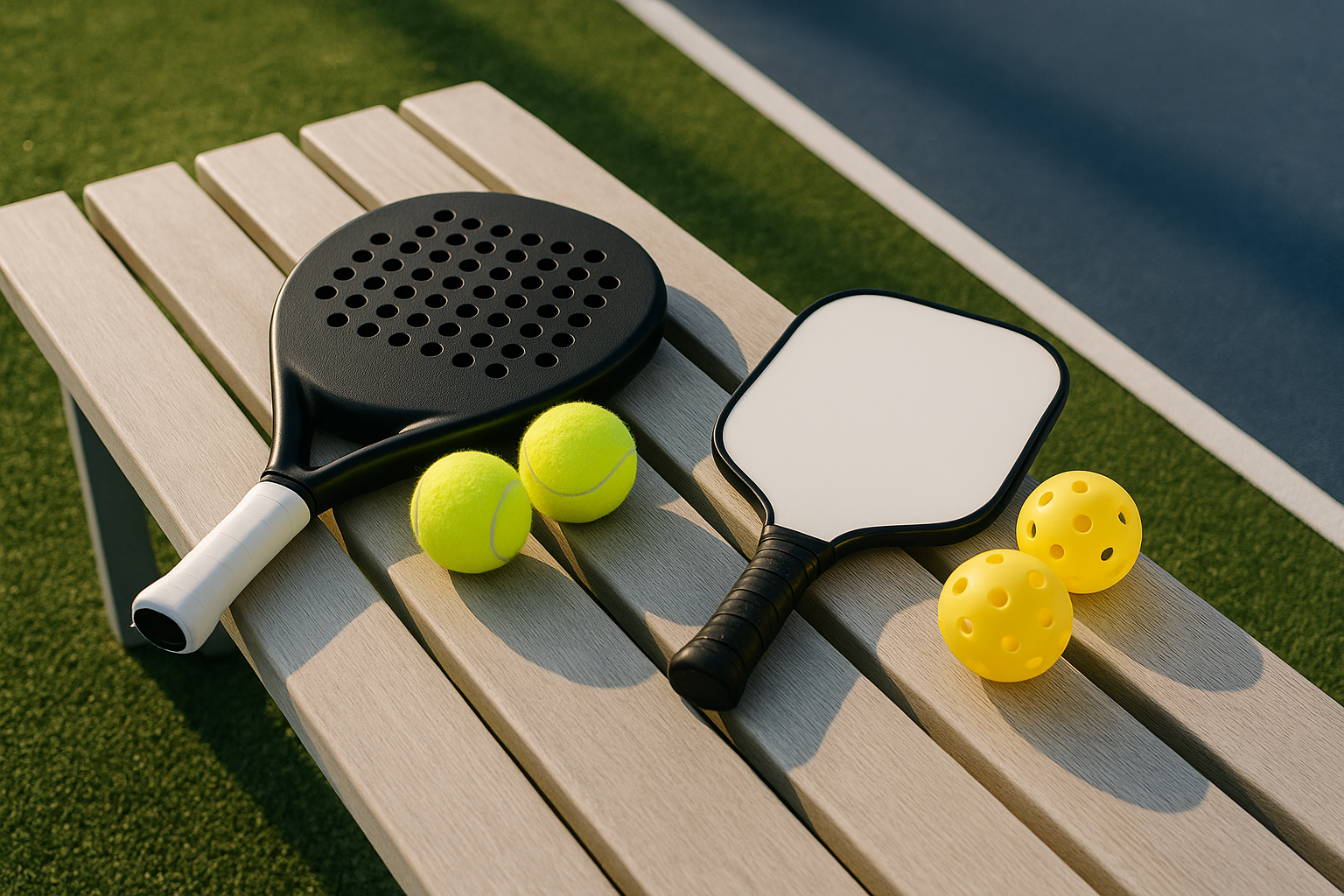
- Padel rackets (called "palas") are solid with no strings, typically made from carbon fiber, fiberglass, or EVA foam composites. They're shorter and thicker than tennis rackets with small perforations throughout the hitting surface.
- Pickleball paddles are also solid but generally lighter than padel rackets, constructed from wood, composite materials, or carbon fiber with polymer cores.
- Padel balls closely resemble tennis balls but have slightly less pressure, making them about 25% less bouncy.
- Pickleball balls are lightweight plastic with perforations (similar to wiffle balls), creating slower gameplay and distinctive flight characteristics.
Court Surface & Construction
Padel requires specialized courts with precise wall positioning and materials, making facilities more expensive to construct. Courts typically cost $25,000-$40,000 to build, explaining their slower proliferation in some regions. The artificial turf surface allows for sliding similar to clay tennis courts, providing consistent ball bounce.
Pickleball courts can be easily created by converting existing tennis courts (up to four pickleball courts per tennis court) or established on various hard surfaces. This adaptability has contributed significantly to pickleball's rapid expansion, with temporary courts appearing in community centers, parks, and recreational facilities. Court surfaces are typically asphalt or concrete with specialized acrylic coatings, similar to hard tennis courts.
Rules, Scoring & Gameplay Differences
While both sports involve hitting a ball over a net, their rulebooks and gameplay dynamics differ substantially.
In padel, serves must be underhanded and bounced behind the service line, never above waist height. Players get two service attempts per point, like tennis. The distinct feature of padel is wall play – after the ball crosses the net, it can bounce once on the ground before players can hit it, and the ball can be played off side and back walls (but not the opposing team's walls). This creates dynamic rallies incorporating wall rebounds and strategic angles.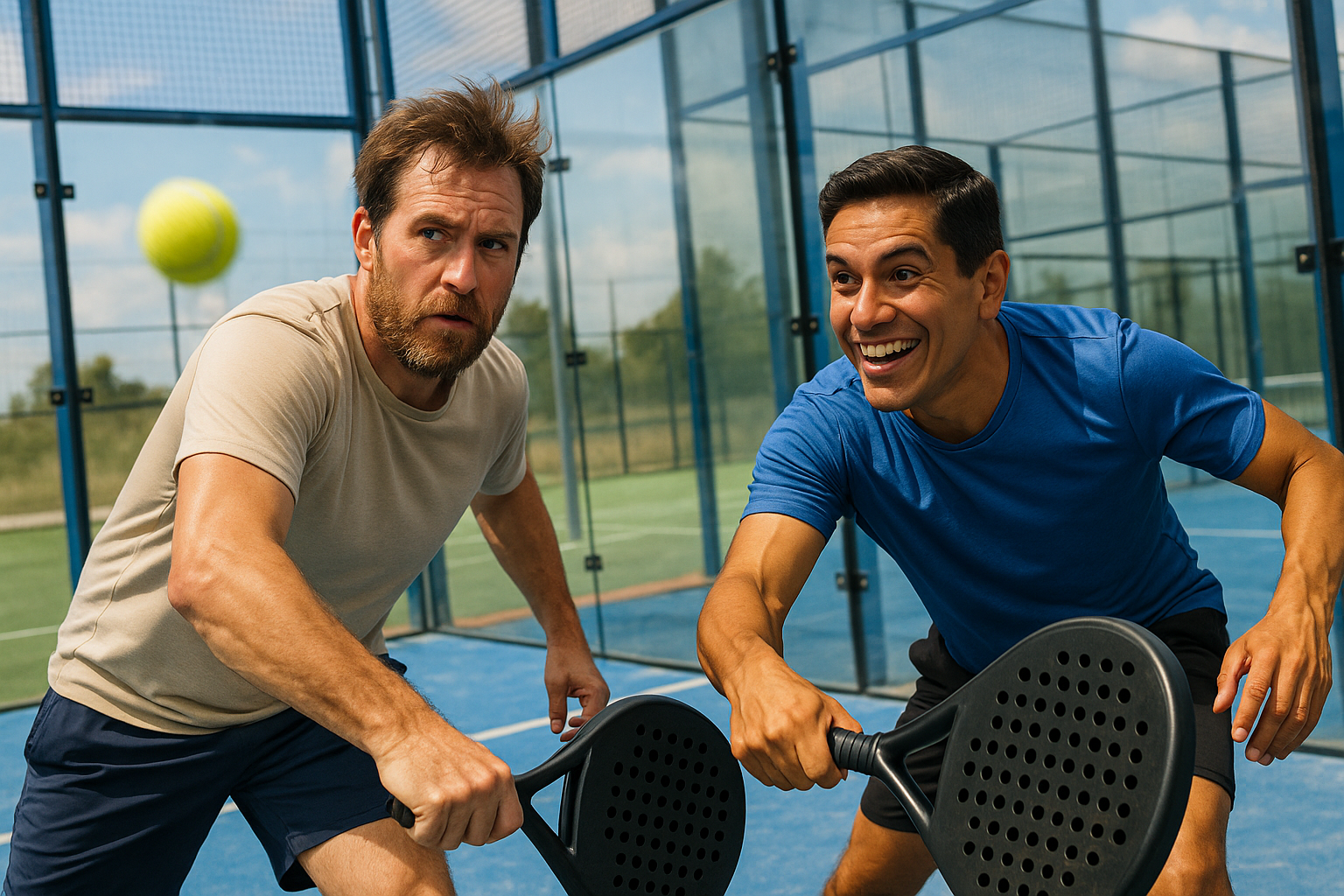
Pickleball serves are also underhanded with the paddle below waist level, but only one service attempt is allowed per point. The "double bounce rule" requires the ball to bounce once on each side after serving before volleys become legal. The most distinctive rule is the non-volley zone ("kitchen") restriction – players cannot volley the ball while standing in this area near the net, eliminating "smash" dominance and promoting strategic placement.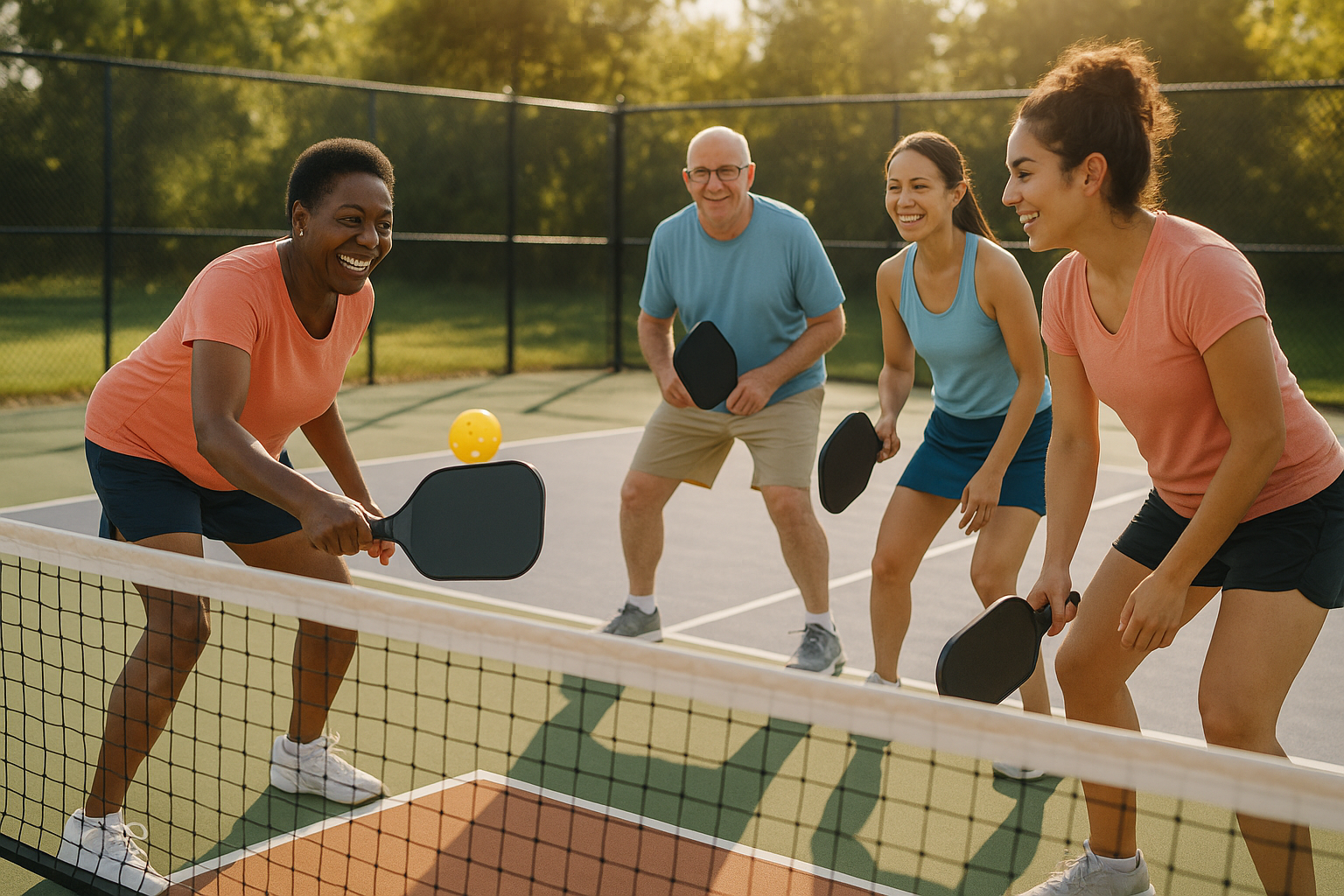
Scoring systems also diverge significantly:
- Padel uses traditional tennis scoring (15, 30, 40, game), with sets typically played to 6 games and matches best-of-three sets.
- Pickleball games are typically played to 11 points (win by 2) with rally scoring, meaning points can be won by either the serving or receiving team.
Key Strategy & Tactics
Padel rewards aggressive net positioning where teams aim to control the front court while executing tactical shots off walls. The "bandeja" (an overhead defensive shot) and "chiquita" (a defensive lob) represent specialized techniques unique to padel. Power shots must be tempered with control since excessive force often leads to unforced errors when balls rebound unpredictably off walls.
Pickleball strategy centers around patience and placement rather than power. The "dink" (a soft shot landing in the opponent's kitchen) creates strategic positioning battles. Advanced players focus on "third shot drops" – softly placing the return of service to neutralize the receiver's advantage and allow the serving team to approach the net. Court positioning proves crucial as teams battle for control of the "transition zone" between baseline and kitchen.
Athleticism, Accessibility & Learning Curve
The athletic demands and accessibility factors of these sports influence who might gravitate toward each game.
Pickleball offers extraordinary accessibility for beginners and older adults. The smaller court size, lighter equipment, and underhand serving motion create a gentle entry point for newcomers. Most players can grasp basic gameplay concepts within 30 minutes and enjoy competitive matches within their first few sessions. The sport's low-impact nature makes it particularly appealing to seniors, with approximately 35% of dedicated players being over 55.
Padel presents a moderate learning curve that falls between tennis and pickleball in difficulty. The enclosed court helps keep rallies alive as walls redirect errant shots back into play. Beginners typically adapt more quickly than they would to tennis, often experiencing enjoyable rallies within their first hour. However, mastering wall play techniques and court positioning demands more practice. Physically, padel requires greater court coverage, stronger shoulder mechanics for overhead shots, and more explosive movements than pickleball.
Both sports accommodate mixed skill levels playing together better than tennis, making them excellent family activities. While pickleball remains the easier entry point, padel often provides a more natural transition for former tennis players due to similar scoring and court movement patterns.
Popularity, Community & Where to Play
The global footprints of these sports reflect their different developmental trajectories and cultural adoptions.
Pickleball dominates in North America, with the sport experiencing unprecedented growth in the United States and Canada. Community centers, parks departments, and private clubs have rapidly added dedicated courts to meet surging demand.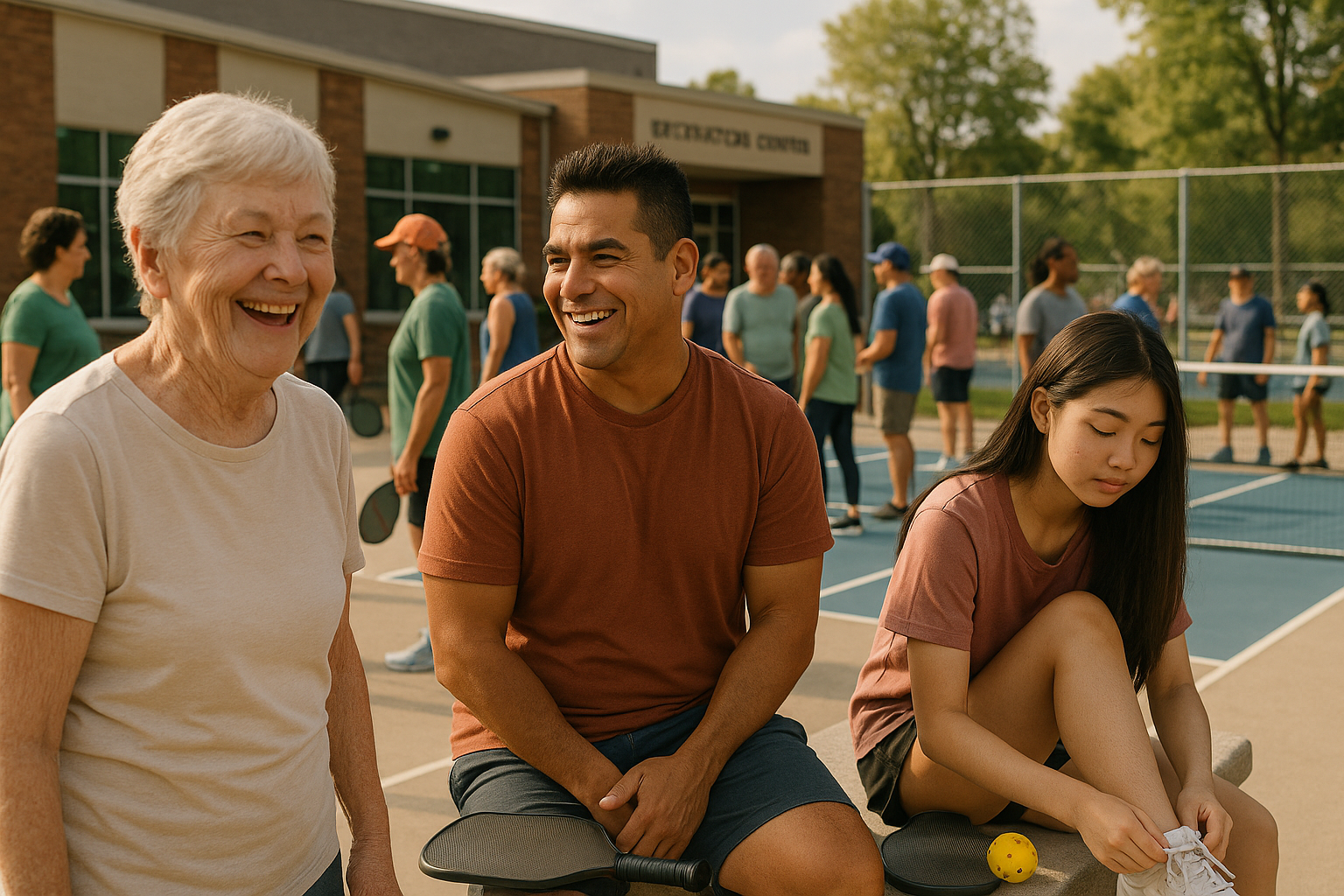
The USA Pickleball Association reports over 36,000 courts nationwide, while social aspects like "drop-in" play (where singles can join pickup games) have created vibrant community hubs.
Padel maintains strongholds throughout Spain (where over 5 million people play regularly), Argentina, and other Latin American countries, while experiencing rapid expansion across Europe, particularly in Italy, France, and Sweden. The Middle East has also embraced padel enthusiastically, with Dubai becoming a significant hub for professional competitions. The social nature of doubles-dominated play creates club communities where post-game socializing becomes as important as the matches themselves.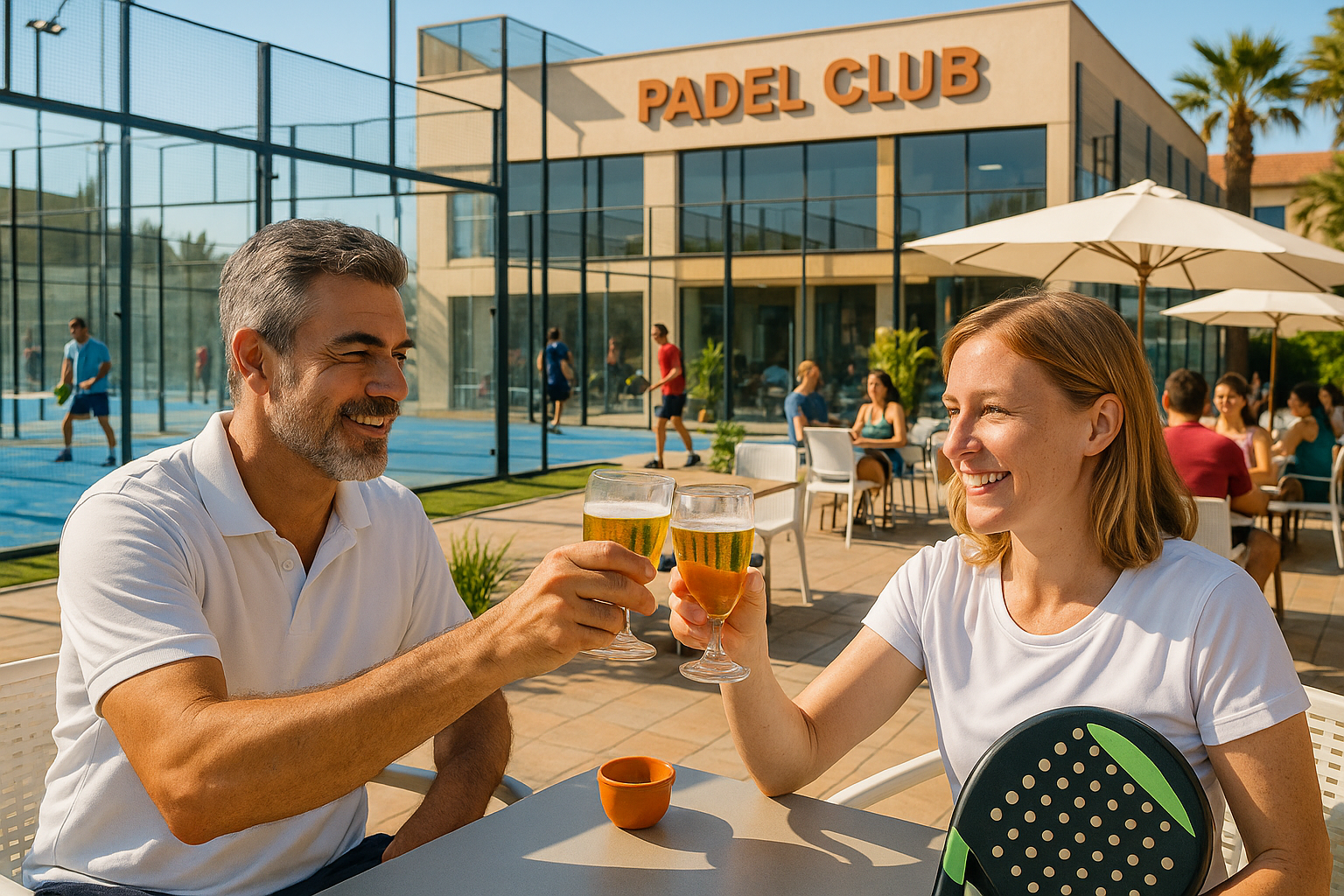
Finding venues for each sport reflects their different development stages:
- For pickleball, check local recreation centers, YMCA facilities, tennis clubs, and dedicated pickleball complexes. Apps like "Places2Play" can locate nearby courts.
- For padel, specialized clubs are emerging in major metropolitan areas, often as premium facilities with membership models. The International Padel Federation website provides directories of affiliated clubs worldwide.
Padel vs Pickleball: Which Is Better For You?
Determining which sport better suits your needs depends on several personal factors and preferences.
Consider choosing pickleball if you:
- seek immediate playability with minimal learning curve
- have joint issues or mobility limitations
- prefer shorter, more concentrated gameplay sessions
- enjoy strategic finesse over athletic power
- want abundant facilities and playing opportunities (in North America)
Padel might be your better match if you:
- desire a more dynamic, athletic experience
- enjoy the creative possibilities of wall play
- have previous racket sport experience (especially tennis)
- prefer traditional scoring systems
- live in Europe, Latin America, or the Middle East
Real Player Perspectives
Transitioning tennis players often note how padel maintains familiar movement patterns while removing the technical challenges of serving. Mark, a 45-year-old former collegiate tennis player, shares: "Padel gave me back the joy of racket sports after tennis elbow issues.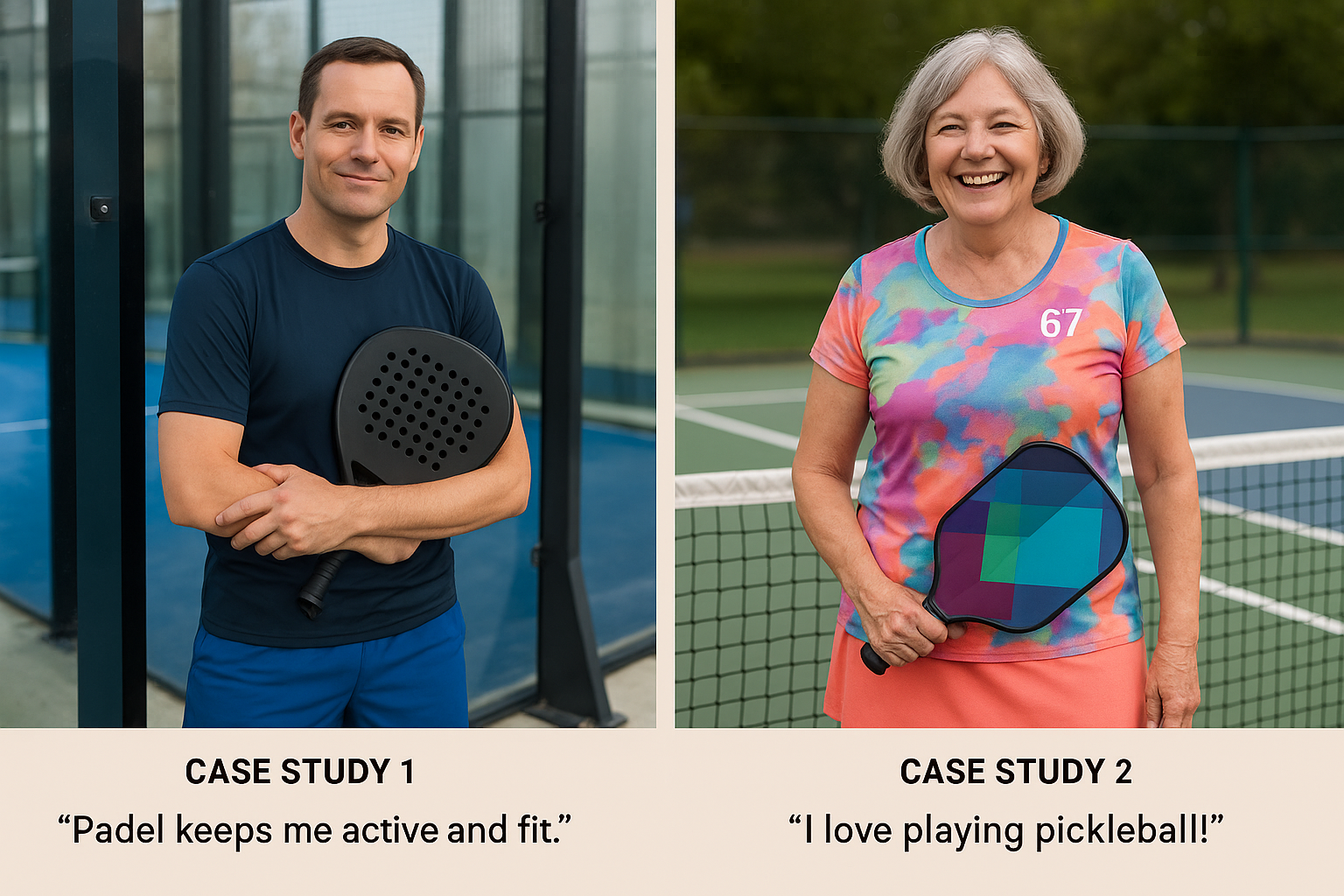
The shorter racket and softer balls create less strain while still delivering competitive satisfaction."
Meanwhile, pickleball converts frequently highlight the sport's accessibility and social benefits. Sandra, a 67-year-old retiree who began playing three years ago, explains: "I never thought I'd play competitive sports at my age, but pickleball's gentle learning curve got me hooked immediately. Now I play four times weekly with a diverse group from ages 30 to 80."
Active adults who've tried both sports report complementary benefits. Carlos, a 38-year-old who plays both weekly, notes: "Pickleball gives me quick, strategic games I can fit into lunch breaks, while padel provides more physically demanding weekend sessions.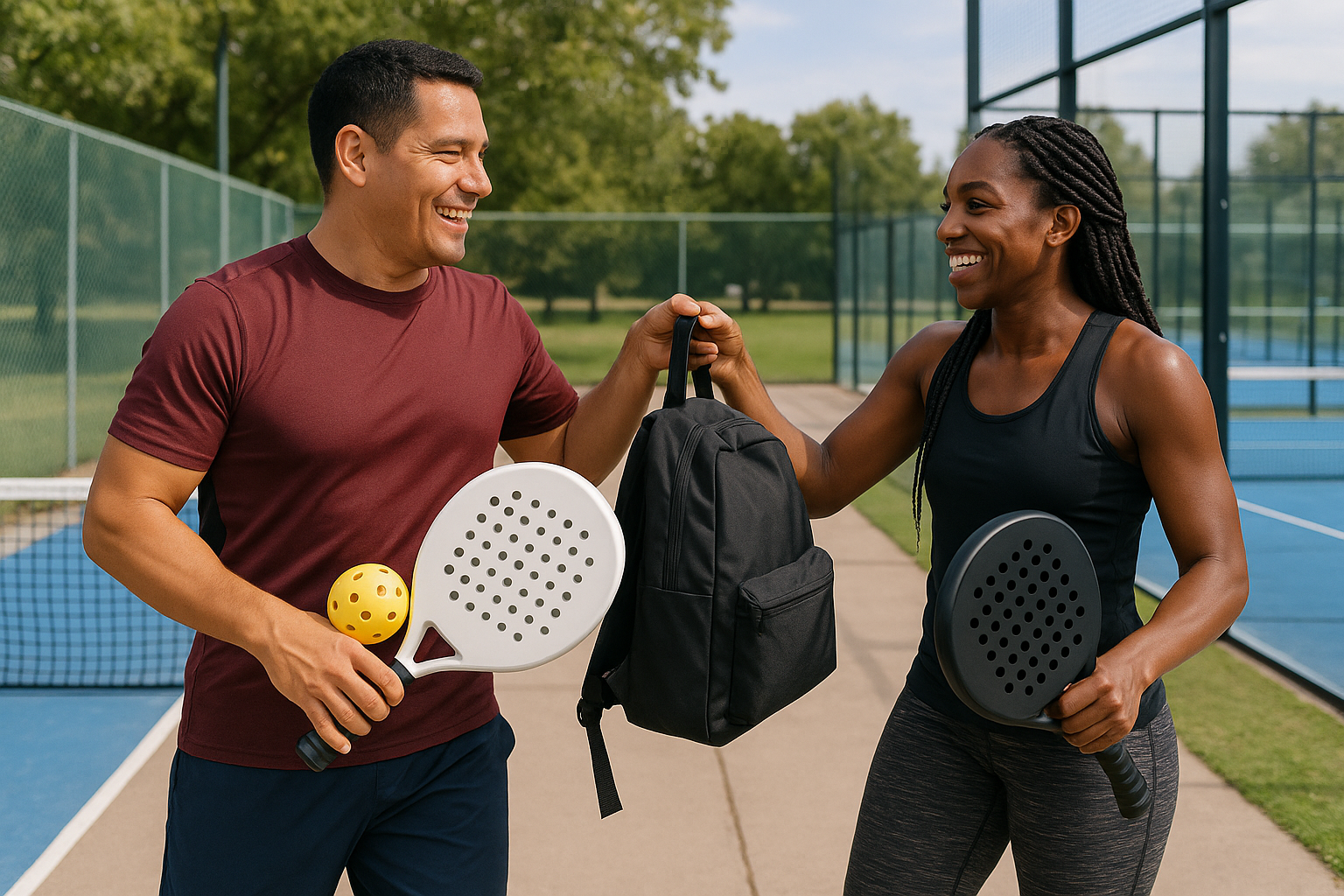
They use different muscle groups and mental skills, making them perfect companions."
Conclusion / Wrap-Up
Both padel and pickleball represent the evolution of racket sports toward more accessible, social, and engaging formats. They've captured worldwide attention by reducing technical barriers while maintaining competitive depth. Padel offers a more athletic experience with dynamic wall play in enclosed courts, while pickleball provides immediate accessibility with its smaller dimensions and straightforward rules.
The beauty of both sports lies in their community-building nature and ability to accommodate players across generations and skill levels. As facilities for both continue expanding globally, more people have opportunities to experience these engaging activities firsthand.
Whether you're drawn to the strategic dinking battles of pickleball or the three-dimensional gameplay of padel, both sports deliver excellent exercise, social connection, and the satisfaction of skill development. Finding your perfect match ultimately comes down to personal preference, local availability, and physical goals – but trying both provides the surest path to discovering your racket sport passion.
Frequently Asked Questions
1. Can you play padel on a pickleball or tennis court?
No, padel requires unique enclosed glass/wire courts; standard tennis or pickleball courts are not suitable.
2. Which sport is easier for beginners, padel or pickleball?
Pickleball is typically easier to learn and less physically demanding, making it very beginner-friendly for all ages.
3. How does scoring differ between padel and pickleball?
Padel uses tennis scoring (15, 30, 40, games/sets), while pickleball games are played to 11 or 15 points, typically with rally scoring.
4. Is more physical fitness required for padel or pickleball?
Padel usually requires greater speed, stamina, and agility due to its larger court and faster gameplay; pickleball is lower-impact.
5. Where are padel and pickleball most popular?
Pickleball leads in the USA and Canada, while padel is predominant in Spain, Europe, and Latin America—but both are fast expanding internationally.
